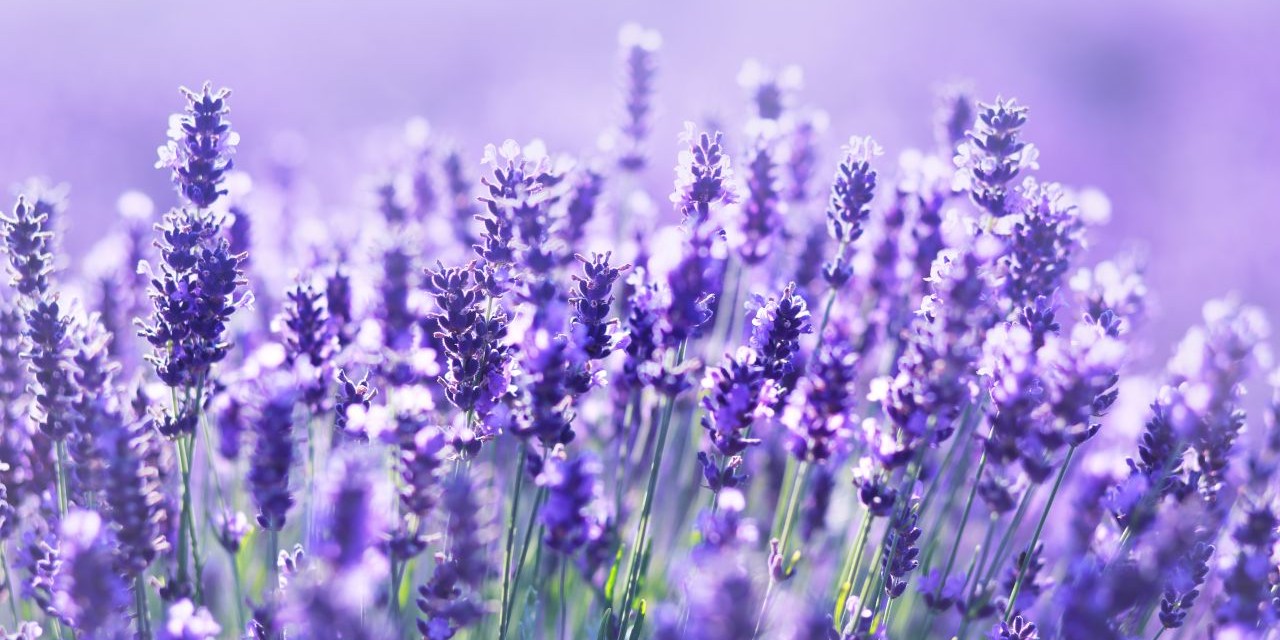
Lavender
Lavender (Lavandula) is a flowering, perennial evergreen shrub that is in the same family as mint. Both the blooms and the scent are most distinctive and make this plant popular with gardeners and plant-lovers generally. This plant has a range of uses. It can be used in cooking, for its aromatic properties in the form of potpourri, flower arrangements, or sachets to keep the contents of wardrobes and drawers smelling fresh. 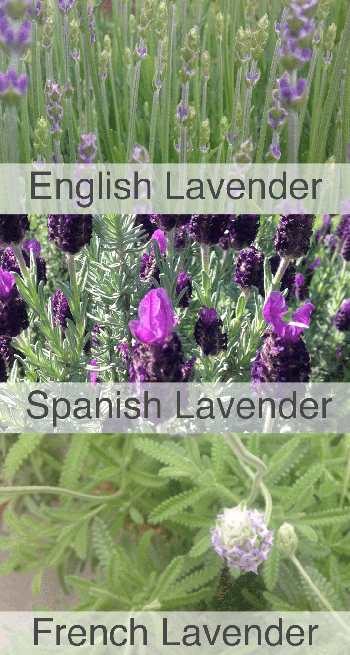
Common types of Lavender
There are a staggering 450 varieties of Lavender arranged in 47 distinct species. There may of course be many that are not classified yet. The most common varieties of Lavender are:
- English Lavender (Lavandula angustifolia) which grows to 24 – 36 inches / 61 – 91 ½ centimeters and has deep blue-purple or light pink or even white blooms
- Spanish Lavender (Lavandula stoechas) which grows to 18 – 24 inches / 46 – 61 centimeters and has deep purple blooms.
- French or Fringed Lavender (Lavandula dentata) which exceeds 36 inches / 91 ½ centimeters in height and has light purple flowers
The range of varieties and cultivars means there are Lavender plants to suit every person’s preference in terms of color, size, and fragrance.
The history of Lavender
It is believed that Lavender has been used for approximately 2,500 years. For several Ancient civilizations around the Mediterranean, this plant was used as a holy herb. It was also used to make clothing and hair more fragrant. Traditionally, this herb was used for various medicinal and healing purposes. These ranged from treating burns and parasite infestations to easing spasm and pain to reducing anxiety. Today the interest in Lavandula as a medicinal plant has experienced a significant revival as early studies indicate it may have value in the treatment of a range of neurological disorders.
Where this plant is found
Lavender is thought to have originated in the Mediterranean region, India, and the Middle East. However, it is now commonly found worldwide. It is grown commercially in several countries too. There are incidents of this shrub ‘escaping’ gardens and growing wild. While this does not usually cause any problems, Spanish Lavender has become a problem in Australia and is a declared noxious weed in the state of Victoria. The same plant is considered a weed in some parts of Spain. Related: The Complete Map of Edible Plants: Find Out What You Have in Your Area! (Video)
How to identify Lavender
The exact color of the foliage and both the shape and color of the flower varies from species to species and variety to variety. The same is true of the height of the plant. Fortunately, there are certain basic characteristics that all lavenders share:
- Shape: This shrub forms a compact bush, and most varieties have a natural, rounded shape rather than being straggly.
 Leaves: The leaves of Lavender plants are silvery-green. In some varieties, the silver is more dominant and in others, the leaves are greener. In most varieties, the leaves are narrow and elongated. However, a few species have serrated, broader leaves.
Leaves: The leaves of Lavender plants are silvery-green. In some varieties, the silver is more dominant and in others, the leaves are greener. In most varieties, the leaves are narrow and elongated. However, a few species have serrated, broader leaves.- Flower: The flowers appear in summer in upright spikes that form at the end of a stalk. Most blossoms grow along with blunt spikes in a whorl formation consisting of multiple clusters. Each cluster contains 6 to 10 small tube-shaped flowers.
- Stems: The stems are woody can be brittle. They are ideal for propagation.
- Fruit & seeds: Only flowers that have pollinated (usually by bees) will produce the small nut-like fruit that contains seeds. Propagation is rarely achieved with seeds and is carried out using cuttings or dividing and planting roots.
Regardless of the species or variety, the leaves, stems, and flowers are all covered in minute star-shaped hairs (trichomes). These contain the glands that produce the fragrant oil that give Lavender its characteristic fragrance and provides valuable substances used in remedies and beauty and other products.
How to grow this shrub
Lavender is not a challenging plant to grow and can be cultivated either in the garden or in a suitable container. If you are growing outdoors, these shrubs should be planted 3 feet / 90 centimeters apart in:
- Spring as the weather warms up
- a sunny, hot area (they require an average of 8 hours of direct sunlight daily)
- light, loose, sandy, and well-draining soil
- a location that will be sheltered in winter if you live in a colder region
- soil that has an alkaline pH (high acidity levels will kill Lavender)
- an area where the air will circulate around the plant.
Get Your Own Medicinal Seeds, Last 30 Packs Left If your soil is heavy (loam or clay), use gravel in the soil and plant in a mound to improve drainage. 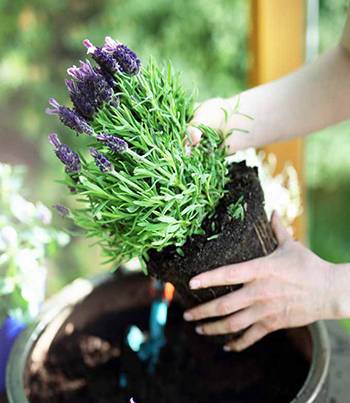 Don’t use organic mulch as the soil needs to dry out. Too much water will compromise the health of the plant or cause the roots to rot. Overwatering is one of the most common causes of the death of these shrubs. If you are planting in a container, use one that is 12 – 16 inches / 30 – 40 centimeters in diameter. Fill it with high-quality potting soil mixed with a little sand, grit, or gravel and a container that allows effective drainage. Place the container somewhere the plant will receive enough sunlight. In terms of ongoing care, mature plants may become woody, so you should prune them back by half their height in spring. This promotes new growth and flower formation. Not pruning can result in the shrub sprawling and producing far fewer blooms. In addition, removing spent flowers will encourage continued blooming.
Don’t use organic mulch as the soil needs to dry out. Too much water will compromise the health of the plant or cause the roots to rot. Overwatering is one of the most common causes of the death of these shrubs. If you are planting in a container, use one that is 12 – 16 inches / 30 – 40 centimeters in diameter. Fill it with high-quality potting soil mixed with a little sand, grit, or gravel and a container that allows effective drainage. Place the container somewhere the plant will receive enough sunlight. In terms of ongoing care, mature plants may become woody, so you should prune them back by half their height in spring. This promotes new growth and flower formation. Not pruning can result in the shrub sprawling and producing far fewer blooms. In addition, removing spent flowers will encourage continued blooming.
How to harvest, dry, and store Lavender
Harvesting Lavender, regardless of the variety of species, is easy. As a further advantage, the more flowers you pick, the more the plant will bloom and bush.
Harvesting
The best time to harvest flowers is in early spring and when the blooms are still in bud and just beginning to show color. This is important because, although fully opened flower heads are more colorful, they lose some of their fragrance and oil content as they age. As with any crop, it’s best to harvest plant materials in the early morning after the dew has dried but before the heat of the day. To cut flowers: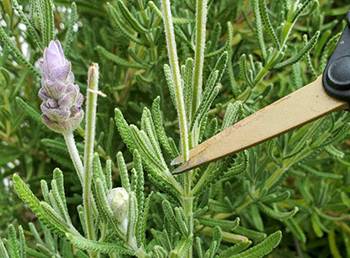
- Select the bloom you want
- Follow the flower stalk downwards until you get to the point where there are side branches, newly forming buds, or leaves
- Use sharp scissors or secateurs to cut off the stalk just above the junction.
For longer stems that include both leaves and flowers, follow the same process as above by identifying a suitable junction further down the stem. You can either place cut lavender in a vase or dry it.
Drying
If you have a bunch of lavender, you can dry it in several ways. Airdrying: 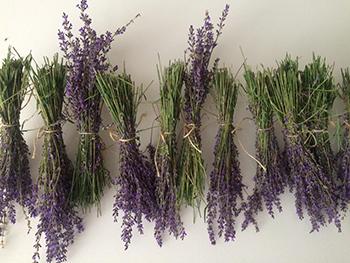 – Bunches can be secured by tying twine or using an elastic band around the stems. Don’t tie them too tightly or air can’t circulate. (Too loose and they will fall apart).– Hang the bunch(es) upside down to dry in a warm, well-ventilated area and away from direct sunlight. – Don’t make the bunches too large or pack them too closely or they will be slow to dry and make them become moldy. – This type of drying takes 2 – 4 weeks. You will know the lavender is thoroughly dry if the stems break when bent. Screen or basket drying:
– Bunches can be secured by tying twine or using an elastic band around the stems. Don’t tie them too tightly or air can’t circulate. (Too loose and they will fall apart).– Hang the bunch(es) upside down to dry in a warm, well-ventilated area and away from direct sunlight. – Don’t make the bunches too large or pack them too closely or they will be slow to dry and make them become moldy. – This type of drying takes 2 – 4 weeks. You will know the lavender is thoroughly dry if the stems break when bent. Screen or basket drying: 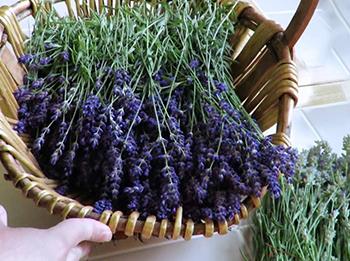 – With this method, the cut lavender is not tied in bunches but laid out loosely– Flowers, buds, or stems are spread out over a suitable rack or cloth or in baskets that allow air to pass through them (for example, wicker or straw baskets). Alternatively, if you are fortunate enough to own or have access to a food dehydrator you will be able to use it to quickly obtain 100% dry plant material. You should use the lowest setting (1000 Fahrenheit / 37.70 Celsius) to preserve the precious oils.
– With this method, the cut lavender is not tied in bunches but laid out loosely– Flowers, buds, or stems are spread out over a suitable rack or cloth or in baskets that allow air to pass through them (for example, wicker or straw baskets). Alternatively, if you are fortunate enough to own or have access to a food dehydrator you will be able to use it to quickly obtain 100% dry plant material. You should use the lowest setting (1000 Fahrenheit / 37.70 Celsius) to preserve the precious oils.
Storing dried Lavender
If you are not using lavender as a dried floral arrangement, and wish to use it for other applications, remove the dried flowers or buds from the end of the stems and store them in an airtight container. This container should be kept somewhere cool, dry, and dark. Lavender that is stored before it is completely dry may become moldy. If you see any signs of this, throw the plant material away.
What Lavender is good for and the natural remedies made from it
This shrub is often referred to as a multipurpose plant and there is a good reason as it has an array of well-being applications. Lavender is used to producing oil/essential oil, powder used in capsules/supplements, teas, and dried flowers in cushions, pillows, or sachets. These are used to: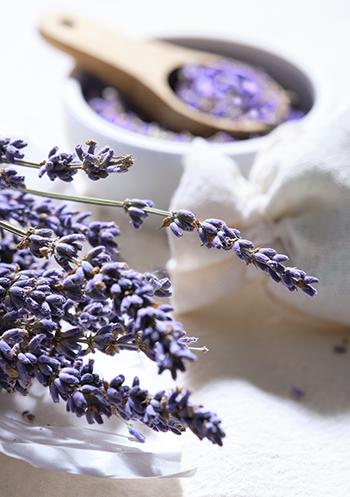
- Induce sleep
- Promote calm by reducing anxiety
- Treat mild pain
- Improve skin conditions such as acne, eczema, and mild sunburn
- Ease the inflammation caused by arthritis and rheumatism
- Lower blood pressure
- Reduce asthma symptoms
- Ease hot flushes associated with menopause
- Promote hair growth
- Combat fungal infections such as athlete’s foot.
It should be noted, however, that although there are centuries of anecdotal evidence to support a number of these claims, there is little or no clinical evidence to show lavender alleviates or treats many of the above. Related: Just Like Xanax, The Anxiety Relieving Plant That Grows In Your Backyard (Video)
What parts of the plant are used in remedies?
The leaves, flowers, and even the smaller stems are used for a range of remedy types such as teas. However, it is the flowers that contain the highest quantities of oils and are therefore processed to produce essential oils so highly prized for use in aromatherapy.
A DIY Lavender recipe
For those times when you are feeling tired, achy, or stressed – or simply want some me-time with a little pampering, a long, relaxing hot or warm bath can be just what you need. To make this a wellness exercise too, using homemade Lavender Bath Salt will really lift your body and mind.
Ingredients
- 2 tablespoons of fresh lavender buds/flowers
- 15 drops of lavender essential oil
- 4 tablespoons of sea salt
- 5 tablespoons of Epsom Salts (you can substitute Baking soda if you need to)
- 1 tablespoon coconut oil (or some other refined, plant-based oil such as almond).
Method
• Combine the sea salt and the Epsom Salts in a bowl • Add the essential and coconut oils
• Add the essential and coconut oils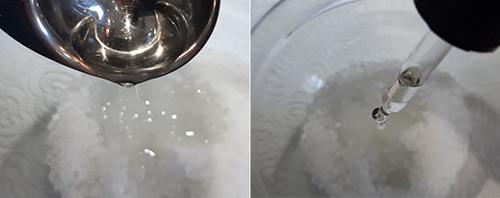 • Scatter the flowers/buds into the bowl
• Scatter the flowers/buds into the bowl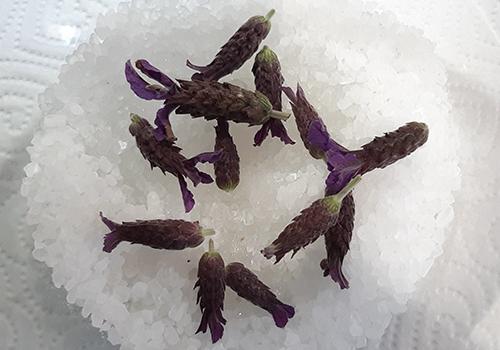 • Mix the ingredients together carefully
• Mix the ingredients together carefully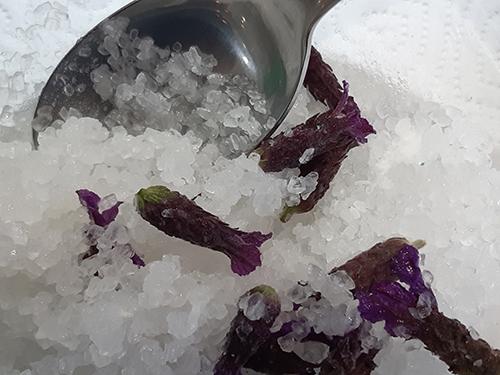 • Spoon the mixture into a suitable container, like a glass jar with a lid.
• Spoon the mixture into a suitable container, like a glass jar with a lid.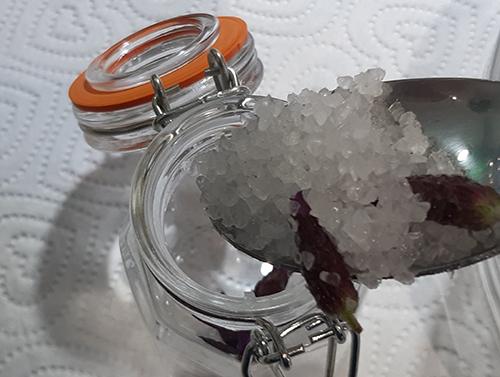 Add a tablespoon or two (depending on how aromatic you like it) to your bath water as it is running so the salts and aroma can circulate. These salts will keep for up to 4 weeks.
Add a tablespoon or two (depending on how aromatic you like it) to your bath water as it is running so the salts and aroma can circulate. These salts will keep for up to 4 weeks.
Dosage
As with most herbal or plant-based remedies or products, there are no one-size-fits-all doses. How you take or apply a remedy depends on which type you are using and why you are using it.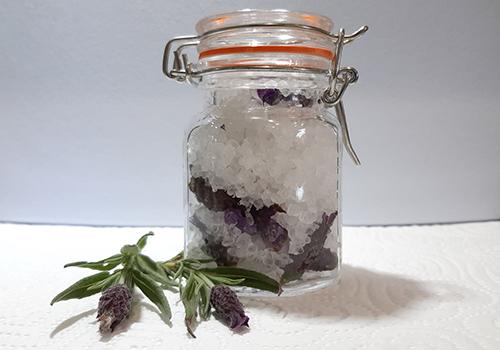 Considering this, and the fact that we are all different, you should be guided by the healthcare practitioner who recommended lavender or can provide advice or by the instructions on any product you purchase. Finally, only use one form of lavender at a time unless you have been advised to do so by a professional who knows you, your situation, and your needs. Using multiple types can increase the risk of overdosing. Related: 1 Cup Before Bed Shrinks Belly Fat All Night (Video)
Considering this, and the fact that we are all different, you should be guided by the healthcare practitioner who recommended lavender or can provide advice or by the instructions on any product you purchase. Finally, only use one form of lavender at a time unless you have been advised to do so by a professional who knows you, your situation, and your needs. Using multiple types can increase the risk of overdosing. Related: 1 Cup Before Bed Shrinks Belly Fat All Night (Video)
What plants resemble Lavender?
The key features of Lavender are thin leaves, spikes of blue or purple (most often) flowers, and bushy growth. There are a few plants that share one or more of these and may cause confusion, especially when the plant is not in bloom. Many of these look-alikes are edible and have both culinary and healing value.
| Feature | Lavender Lavendula | Russian Sage Perovskia atriplicifolia | Hyssop Hyssopus officinalis | Rosemary Rosmarinus |
 |
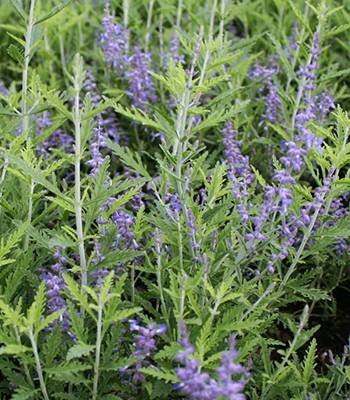 |
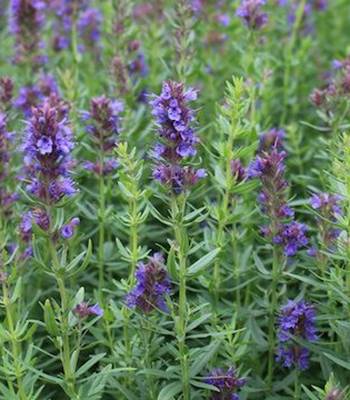 |
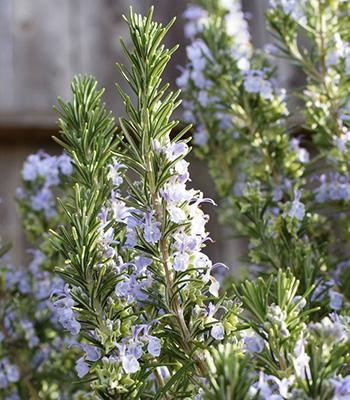 | |
| Size | Height varies depending on species and variety | Reaches 2 – 4 feet / 61 – 122 centimeters in height | Reaches 4 feet / 122 centimeters in height | Reaches a height of 6 – 8 feet / 183 – 244 centimeters |
| Leaves | Silvery-green; narrow in some but serrated in other varieties | Lanceolate leaves; light green; serrated edges; feathery | Opposite leaves & leaflets; thin; pale green; curve up at tip | Dark green upper side, silvery under side; needle-like |
| Flowers | Spikes; flowers form in whorls of multiple clusters; tube-shaped; blue, purple, pink, or white | Form in spiky cluster; buds are pale blue but individual flowers deepen in color as they mature | Flowers are tubular & have two lips; form in whorls on spikes; deep purple | Clusters of pale blue, pink, or white flowers emerge all over the plant, not on stalk ends |
| Warnings | Leaves & flowers are edible; safe limits are not known | The leaves are toxic; the flowers are edible | Leaves & flowers are edible; safe limits are not known | Leaves & flowers are edible; safe limits are not known |
Warning And cautions
It’s easy to think that because something is plant-based it is 100% safe. The following warnings and cautions should be kept in mind:
- Lavender Oil should never be ingested as it can be toxic unless it is in capsule form and manufactured by a reputable organization
- Some individuals are allergic to lavender and may suffer headaches, gastric distress, joint pains, or more severe reactions. Topical application may cause a rash in some.
- Due to its sedative qualities, lavender may cause sleepiness and should be avoided if you are driving, operating machinery, etc.
- Don’t use this plant if you are taking sedatives or blood pressure medication.
This list is not exhaustive, and it is possible that other medications – both prescribed and over the counter – may interact with Lavender. The same is true of supplements, herbal products, and even vitamins. It is always better to check with your healthcare provider before you introduce any new remedy or substance into your health program or diet. You may also like:  Soak Your Troubles Away with Homemade Tub Tea The 10 Medicinal Seeds You Should Plant for a Complete Backyard Pharmacy (Video) Organic Homemade Ultra-Moisturizing Cream For Face and Body Avoid Spring Allergies With These 7 Natural Remedies 30 Anti-Anxiety Remedies You Didn’t Know About
Soak Your Troubles Away with Homemade Tub Tea The 10 Medicinal Seeds You Should Plant for a Complete Backyard Pharmacy (Video) Organic Homemade Ultra-Moisturizing Cream For Face and Body Avoid Spring Allergies With These 7 Natural Remedies 30 Anti-Anxiety Remedies You Didn’t Know About








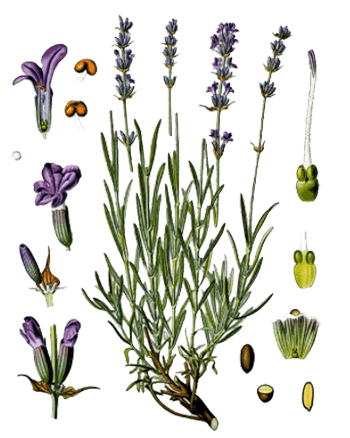 Leaves: The leaves of Lavender plants are silvery-green. In some varieties, the silver is more dominant and in others, the leaves are greener. In most varieties, the leaves are narrow and elongated. However, a few species have serrated, broader leaves.
Leaves: The leaves of Lavender plants are silvery-green. In some varieties, the silver is more dominant and in others, the leaves are greener. In most varieties, the leaves are narrow and elongated. However, a few species have serrated, broader leaves.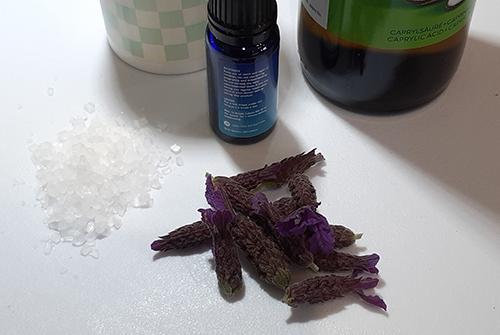

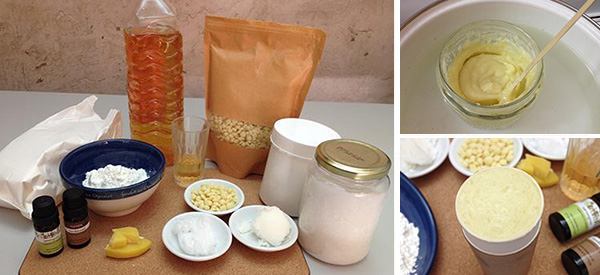
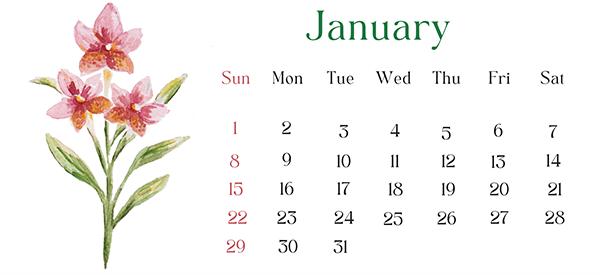
Love the knowledge I am buying in my husband and my meails thanks for all you do
Lavendar has xenoestrogens in it. Men beware! Too much or too frequent use may cause feminizing of males.
thanks for the tip 🙂
So, can it be used in cooking? Can it be added to food? If so, which parts of the plant.
There is some lavender in herbes de Provence!
Worked wonders after my long Monday at work!! Thank you!